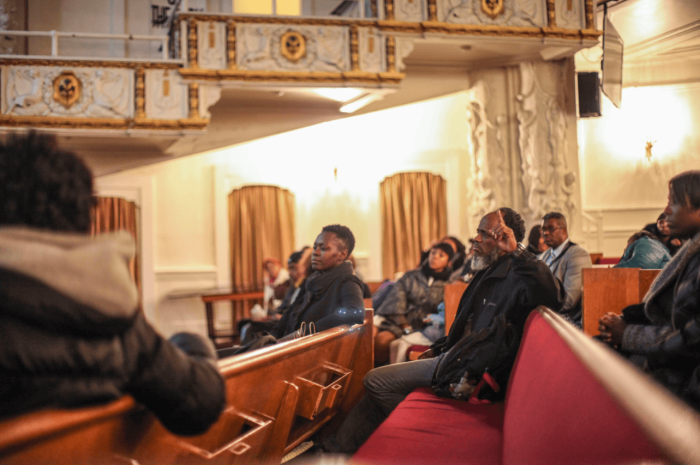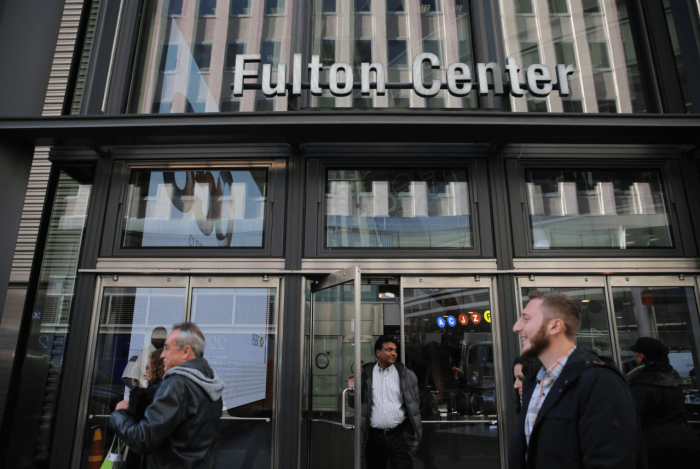Next spring, New Yorkers will get a chance to forage for food grown right in the New York Harbor.
A floating food forest is being constructed fromPort Authority of New York and New Jerseyshipping containers. The 50-feet-wide by 80-feet-long diamond-shaped vessel will be pulled from pier to pier, inviting the public to come aboard, and give them to chance to leave with berries, dandelions, bok choy or low bush blueberries that they pick. The project was conceived by New York artist and sculptor Mary Mattingly, whose recent public art projects includea wading bridge in a Des Moines park. RELATED: Community volunteers make neighborhood gardens thrive Mattingly said the project, called Swale, is more about getting visitors to think about where their food comes from. The produce is the byproduct.
“Most of [the inspiration] is to think about how we could make what we need instead of always looking for inputs,” Mattingly said. “There are so many more ways to make healthy foods other than spending money or buying what is there. The water seems to be the only place to start a project like this, because growing public food on public land is not legal.” Foraging is banned in city parks, with §1-04of the park rules and regulations reading: “No person shall deface, write upon, sever, mutilate, kill or remove from the ground any plants, flowers, shrubs or other vegetation under the jurisdiction of the department without permission of the Commissioner.” NYC Parks said in a statement they have not taken a position for or against the proposed floating forest, and have not given a ticket for foraging in “recent memory.”
“Public parks are designed to be a beautiful bucolic ideals of nature,” Mattingly said. The water is a common space to a common extent.”
RELATED: Community gardeners unfazed by city’s freeze on government owned lots Mattingly said the project is innovative, and through the design process her team has found a way to float shipping containers.
“This could really change the expense of doing projects on the water, where everything is over-engineered and limited by cost, fuel prices … shipping containers are inexpensive, comparatively.” Mattingly said that over the next few months she’ll need to get final approval from the U.S.Coast Guard, and will work to plan as many stops as possible and make sure the floating forest can operate long-term. The project is funded through a fellowship by A Blade of Grass foundation—where Mattingly is a fellow—and other partners. The organization supports socially-engaged projects, said executive director Deborah Fisher.
























